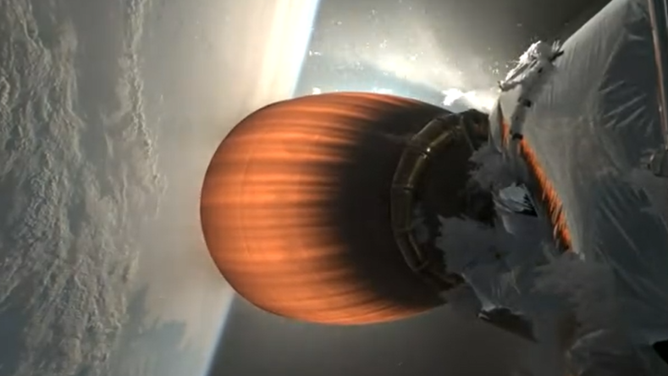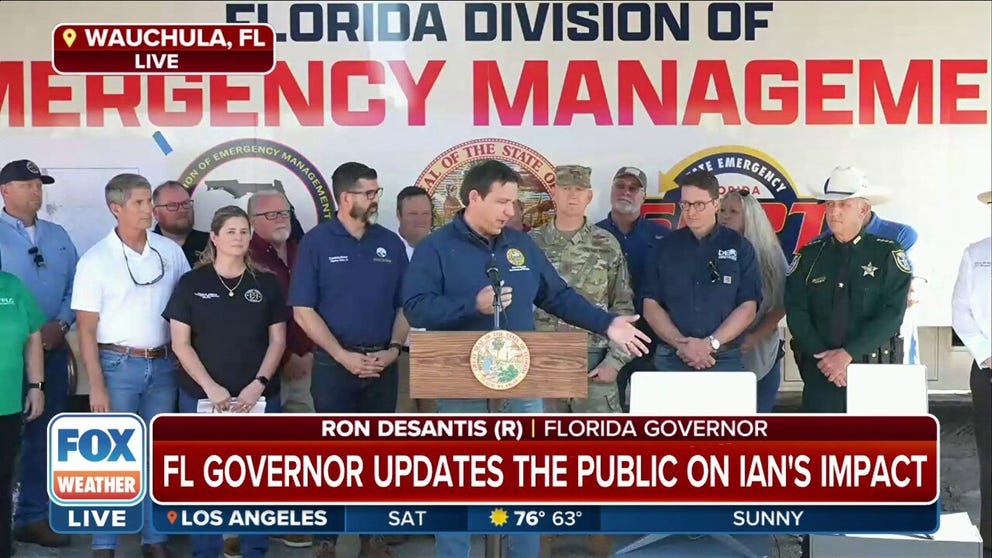SpaceX returns to flight following Falcon 9 mishap investigation
Saturday’s launch marked SpaceX’s 50th launch of the year for the Starlink program. Nearly all launches have been flawless, but a mishap during a July 11 mission resulted in SpaceX being grounded during an investigation.
SpaceX returns to flight following mishap investigation
A SpaceX team launched a Falcon 9 rocket from Florida’s Space Coast on Saturday, marking the return to space since the failure of a mission on July 11.
KENNEDY SPACE CENTER, Fla. – Two weeks after a leak doomed the deployment of Starlink satellites, SpaceX was back in flight Saturday, with the release of nearly two dozen devices designed to expand broadband internet access around the world.
The Falcon 9 rocket took off from Launch Complex 39A at Florida’s Kennedy Space Center at 1:45 a.m. local time.
The launch was successful by all accounts, but space watchers were closely monitoring the moments surrounding payload deployment to see if the private space company would encounter issues similar to those of its July 11 mission.
During the previous mission, launch cameras showed a buildup of ice around an engine that prevented the successful deployment of satellites into orbit.
No one was injured during the failed mission, but the event triggered the Federal Aviation Administration to conduct an investigation to ensure the safety of the Falcon 9 rocket.
The rocket has long been lauded as the workhorse of the industry, having conducted hundreds of missions without a mishap.

Ice forms on Falcon 9 rocket after launch July 11, 2024.
(SpaceX / FOX Weather)
SPACEX TO ADJUST SPACECRAFT LANDINGS TO PREVENT DEBRIS FROM FALLING OVER POPULATED AREAS
During the less than two-week-long review, SpaceX engineers identified a line for a sensor that was cracked, which they said led to the failure.
"During the first burn of Falcon 9’s second stage engine, a liquid oxygen leak developed within the insulation around the upper stage engine," SpaceX said regarding its mishap report to the FAA. "The cause of the leak was identified as a crack in a sense line for a pressure sensor attached to the vehicle’s oxygen system. This line cracked due to fatigue caused by high loading from engine vibration and looseness in the clamp that normally constrains the line."
The results were satisfactory enough for the government agency to approve the private space company’s return to flight, and less than 48 hours later, a Falcon 9 rocket was back in the air.
SpaceX did not report any anomalies with Saturday’s launch, which was the 50th of the year devoted to the Starlink program.
The company has around 6,000 satellites in low-Earth orbit that provide customers with ground terminal receivers access to high-speed internet.
A standard service will cost a residential customer about $120 a month, but packages listed on the company’s website run upwards of $5,000.
The company has gained international recognition for donating terminals to victims in disaster zones, such as in Florida after Hurricane Ian and flooding in South America.
FILE: DeSantis: Florida working with Elon Musk's Starlink service to get internet in disaster zone
Florida Gov. Ron DeSantis said Florida is working with Elon Musk's Starlink service to get internet service to some areas hardest hit by Hurricane Ian.
SPACEX FALCON 9 ROCKETS GROUNDED FOLLOWING FAILURE IN SPACE
SpaceX has scheduled at least five additional rocket launches over the next two weeks to deploy more Starlink satellites.
The schedule is part of the runup for what could be the launch of Crew-9 from Florida’s Space Coast in late August or early September.
NASA recently held a news conference where managers stated that all systems were a go for a crew of three astronauts and one Russian cosmonaut to launch in a Dragon spacecraft to the International Space Station for what is expected to be a six-month mission.
The space agency has been closely monitoring the review of the Falcon 9 rocket but said that nothing has arisen to a level that would require delaying the Crew-9 mission beyond the upcoming launch window.

NASA astronauts Zena Cardman, Nick Hague, Stephanie Wilson, as well as, cosmonaut Alexander Gorbunov.
(NASA)

